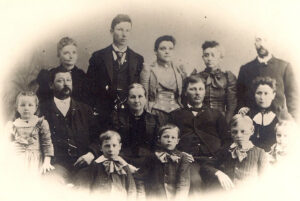
04 May GENEALOGY IS FUN Newsletter- May 6, 2023
Contents
- 1 GENEALOGY IS FUN- YOU CAN HELP WITH THE INVESTIGATION OF THE JFK ASSASSINATION
- 2 THE FORGOTTEN STORY OF AMERICA’S FIRST FEMALE ARCHITECT
- 3 GENEALOGY IS FUN- THE AMERICAN SPY WHO SURRENDERED TO THE NAZIS TO SAVE CIVILIANS
- 4 GENEALOGY IS FUN- IN OUR CONTINUING SERIES ABOUT ANOTHER WEALTHY PERSON YOU PROBABLY NEVER KNEW EXISTED
- 5 GENEALOGY IS FUN- HERE’S WHO GOT ALL OF HIS MONEY
- 6 GENEALOGY IS FUN- ROSALIND FRANKLIN AND HER CONTRIBUTION TO DNA, A RECENT FIND OF CLARIFYING DOCUMENTS SHEDS A DIFFERENT LIGHT
- 7 GENEALOGY IS FUN- YOUR ANCESTORS ARE WAITING TO BE DISCOVERED!
 GENEALOGY IS FUN- YOU CAN HELP WITH THE INVESTIGATION OF THE JFK ASSASSINATION
GENEALOGY IS FUN- YOU CAN HELP WITH THE INVESTIGATION OF THE JFK ASSASSINATION
President John F. Kennedy was killed on November 22, 1963. Nearly 30 years after his death, Congress enacted the President John F. Kennedy Assassination Records Collection Act of 1992. The Act mandated that all assassination-related material be housed in a single collection in the National Archives and Records Administration.
The resulting Collection consists of more than 5 million pages of assassination-related records, photographs, motion pictures, sound recordings and artifacts (approximately 2,000 cubic feet of records).
Most of the records from the JFK Assassination Records Collection are open for research, and a portion of them are now available for online access in the National Archives Catalog.
You have the opportunity to transcribe them! Visit our JFK Assassination Records Collection Transcription Mission to get started. Various Citizen Archivist missions have been created featuring records from this collection. Select a mission and get started transcribing to help make the records more searchable and accessible.
Every word you transcribe helps to make these records more searchable and accessible online. Get started transcribing.
New to the Citizen Archivist program? Learn how to register and get started Genealogy is Fun!
Here’s the link to get involved:
https://www.archives.gov/citizen-archivist/missions/jfk-mission?utm_campaign=JFKrecords-april2023&utm_medium=email&utm_source=newsletter
 THE FORGOTTEN STORY OF AMERICA’S FIRST FEMALE ARCHITECT
THE FORGOTTEN STORY OF AMERICA’S FIRST FEMALE ARCHITECT
Minerva Parker Nichols (May 14, 1863 – 1949) was an architect from the United States who in 1889 became the first woman to operate an independent architectural practice in the United States. She designed at least eighty known buildings, which included homes, schools, churches, and clubhouses.
Minerva Parker was born May 14, 1863, in Chicago, Illinois. She was a descendant of John Doane who landed in Plymouth, in 1630 (my ancestor also), and took an active part in the government of the colony. Seth A. Doane, the grandfather of Nichols was an architect and went to Chicago when it was an outpost and trading settlement among the Native Americans. Her father, John W. Doane, died in Murfreesboro, Tennessee, during the Civil War, being a member of an Illinois Volunteer Regiment.
She studied at the Philadelphia Normal Art School, and studied modeling under John J. Boyle. Nichols entered an architect’s office as draftsman. She joined the architectural firm of Frederick G. Thorn in Philadelphia. She took control of the firm after Thorn’s death in 1888 and held the position for seven years. In 1896, she and her husband left the Philadelphia area and she began a private practice mostly for friends and relatives.
Nichols was the second (after Louise Blanchard Bethune) American female architect who established a very successful, although brief, business and recognition, and the first one who did so without partnership or assistance of a man.
Later, she built the Woman’s New Century Club, in Philadelphia. Besides her practical work in designing houses, she delivered in the School of Design, in Philadelphia, a course of lectures on Historic Ornament and Classic Architecture. Among some of her important commissions was one for the designing of the International Club House, known as the Queen Isabella Pavilion, at the World’s Columbian Exposition, Chicago, in 1893. She was among the first women to enter the field of architecture and some of the homes in the suburbs of Philadelphia attest to her ability and talent in this line.
 GENEALOGY IS FUN- THE AMERICAN SPY WHO SURRENDERED TO THE NAZIS TO SAVE CIVILIANS
GENEALOGY IS FUN- THE AMERICAN SPY WHO SURRENDERED TO THE NAZIS TO SAVE CIVILIANS
Pierre (Peter) Julien Ortiz OBE (July 5, 1913 – May 16, 1988) was a United States Marine Corps colonel who received two Navy Crosses for extraordinary heroism as a major in World War II. He served in North Africa and Europe during the war as a member of the French Foreign Legion, the U.S. Marines, and the Office of Strategic Services (OSS), operating behind enemy lines several times. Ortiz also acted in Hollywood films after the war. He was one of very few U.S. Marines to serve in combat in Europe during World War II and one of the most decorated Marine officers of the war.
Ortiz was born in New York to an American mother of Swiss descent and a French-born Spanish father. He was educated at the University of Grenoble in France. He spoke ten languages: English, Spanish, French, Italian, Portuguese, German, and Arabic.
On February 1, 1932, at 19, Ortiz joined the French Foreign Legion for five years of service in North Africa. He was sent to the Legion’s training camp at Sidi Bel-Abbes in French Algeria. He later served in Morocco, where he was promoted to corporal in 1933 and sergeant in 1935. He was awarded the Croix de Guerre twice during a campaign against the Riffian people. He also received the Médaille militaire. As an acting lieutenant, he was offered a commission as a second lieutenant if he re-enlisted. Instead, when his contract expired in 1937, he returned to the United States to serve as a technical adviser for war films in Hollywood.
Read more about his exploits in WW2 here because genealogy is fun:
https://www.smithsonianmag.com/history/the-american-spy-who-surrendered-to-the-nazis-to-save-civilians-180982003/
 GENEALOGY IS FUN- IN OUR CONTINUING SERIES ABOUT ANOTHER WEALTHY PERSON YOU PROBABLY NEVER KNEW EXISTED
GENEALOGY IS FUN- IN OUR CONTINUING SERIES ABOUT ANOTHER WEALTHY PERSON YOU PROBABLY NEVER KNEW EXISTED
William Weightman (September 30, 1813 – August 25, 1904) was a chemical manufacturer and one of the largest landowners in the United States. Nicknamed the “Quinine King,” he created a synthetic form of the drug. His company, Powers & Weightman, merged in the 1920s with the pharmaceutical giant Merck & Co. Weightman was listed as the 17th wealthiest American in history by American Heritage magazine in 1998.
Weightman was born on September 30, 1813, in Waltham, Lincolnshire, England. At the invitation of his uncle, chemist John Farr, he immigrated to the United States in 1829, at age 16. Farr had founded the firm Farr and Kunzi, the first manufacturers of sulfate of quinine in the United States. Upon Kunzi’s retirement in 1836, Farr partnered with Thomas Powers and 27-year-old Weightman to establish Farr, Powers and Weightman, manufacturing chemists.
When John Farr died in 1847, Weightman became an administrator and executive of the business, which was renamed Powers and Weightman, chemical manufacturers. Powers & Weightman developed a synthetic form of quinine, a prophylaxis for malaria. With importation of British quinine cut off during the Civil War, the company profited greatly through a quasi- monopoly. In 1875, Powers & Weightman was awarded the Elliott Cresson Medal for Engineering, by the Franklin Institute.
Weightman amassed a large fortune through shrewd investments, derived from his manufacturing enterprise, estimated at $51.8 billion in 2014 adjusted value. At the turn of the 20th century, he was “the largest individual owner of Philadelphia real estate,” having purchased hundreds of acres of farms and built whole neighborhoods of middle-class housing. His architect for these was Willis G. Hale, the husband of one of his nieces.
Hale also designed Weightman’s country house, Ravenhill (1887), built in the West Germantown section of Philadelphia, on a ridge overlooking the Wissahickon Creek.
Having outlived his two physician sons, Farr and William, Weightman came to rely on his daughter, Anne Weightman Walker. Following her husband’s death in 1903, she was admitted as a partner in Powers & Weightman, “the only woman in the United States to hold such a position of responsible trust”.
Weightman died at age 90 on August 25, 1904, at Ravenhill. He left the bulk of his estate to his surviving child, Anne. He was interred at Laurel Hill Cemetery in Philadelphia.
Ravenhill was inherited by Anne Weightman Walker, who donated the estate to the Archdiocese of Philadelphia in 1910. Cardinal Dennis Joseph Dougherty of the Archdiocese granted the Mansion to an order of nuns, the Religious of the Assumption, in 1919. The sisters converted the mansion into a school and named it Ravenhill Academy. “Ravenhill,” the Weightman mansion in West Germantown, is now part of Thomas Jefferson University. Genealogy is fun!
 GENEALOGY IS FUN- HERE’S WHO GOT ALL OF HIS MONEY
GENEALOGY IS FUN- HERE’S WHO GOT ALL OF HIS MONEY
Anne Weightman Walker Penfield (December 15, 1844 – February 25, 1932) was a philanthropist and one of the richest women in the world.
In 1880, Anne Weightman and her husband moved to Williamsport, Pennsylvania, where her father purchased thousands of acres and real estate after Peter Herdic’s financial collapse.
She married Robert J. C. Walker in 1862. Walker died on December 19, 1903, in Philadelphia,[6] leaving her a $10 million inheritance ($198,610,000 in 2023). At the death of her father in 1904, Anne solely inherited Ravenhill, a $60 million valued estate, his properties in Williamsport, and a partnership in his drug company. Her sister-in-law, Sabine Josephine d’Invilliers Weightman fought in court for years to break William Weightman’s will, which gave Anne the entire inheritance. Anne moved to Manhattan, New York, for her safety.
In 1908, she married Frederic Courtland Penfield, an orientalist, a Harvard alumnus and the United States Austria-Hungary ambassador, at St. Patrick’s Cathedral. To celebrate her wedding she gave $1 million to charity ($30,160,000 in 2023). She also donated money and property to family members, World War I relief funds, art communities, and Catholic organizations. Pope Pius X bestowed on Anne the Order of the Holy Sepulchre in recognition of her numerous benefactions to Catholic Churches.
While in the Austro-Hungarian Empire as the wife of the American ambassador Frederick Penfield she was awarded the Grand Cross of the Imperial Order of Elizabeth for her work among the sick and wounded soldiers of the dual monarchy. In 1914 the United States was neutral in World War I.
She died on February 25, 1932, in Manhattan. She is interred in the Weightman family plot at Laurel Hill Cemetery in Philadelphia. Genealogy is Fun!
 GENEALOGY IS FUN- ROSALIND FRANKLIN AND HER CONTRIBUTION TO DNA, A RECENT FIND OF CLARIFYING DOCUMENTS SHEDS A DIFFERENT LIGHT
GENEALOGY IS FUN- ROSALIND FRANKLIN AND HER CONTRIBUTION TO DNA, A RECENT FIND OF CLARIFYING DOCUMENTS SHEDS A DIFFERENT LIGHT
Chemist Rosalind Franklin independently grasped how DNA’s structure could specify proteins.
James Watson and Francis Crick are two of the twentieth century’s most renowned scientists. The seminal paper from the pair at the University of Cambridge, UK, detailing the discovery of the DNA double helix, was published as part of a trio in Nature 70 years ago this week1–3. They are also widely believed to have hit on the structure only after stealing data from Rosalind Franklin, a physical chemist working at King’s College London.
Lore has it that the decisive insight for the double helix came when Watson was shown an X-ray image of DNA taken by Franklin — without her permission or knowledge. Known as Photograph 51, this image is treated as the philosopher’s stone of molecular biology, the key to the ‘secret of life’ (not to mention a Nobel prize). In this telling, Franklin, who died of ovarian cancer in 1958 at just 37, is portrayed as a brilliant scientist, but one who was ultimately unable to decipher what her own data were telling her about DNA. She supposedly sat on the image for months without realizing its significance, only for Watson to understand it at a glance.
This version of events has entered into popular culture. It is the subject of Photograph 51, a play by Anna Ziegler that starred Nicole Kidman on the London stage in 2015. The image graces a British 50 pence coin that marked the centenary of Franklin’s birth, in 2020. The whole affair has provided fodder for scornful Twitter jokes (“What did Watson and Crick discover in 1953? Franklin’s data.”) and even a marvelous rap battle by seventh-grade students in Oakland, California.
But this is not what happened.
Read here for what really happened as genealogy is fun:
https://www.nature.com/articles/d41586-023-01313-5
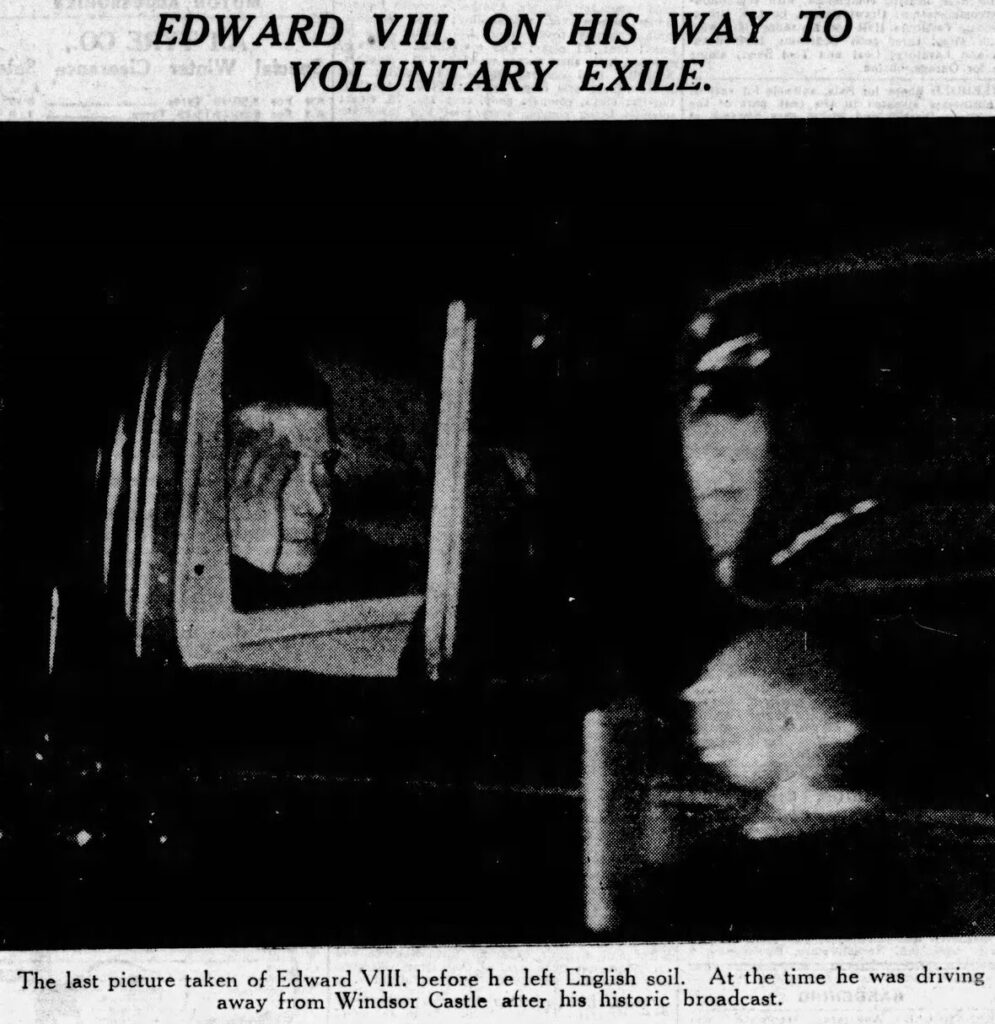
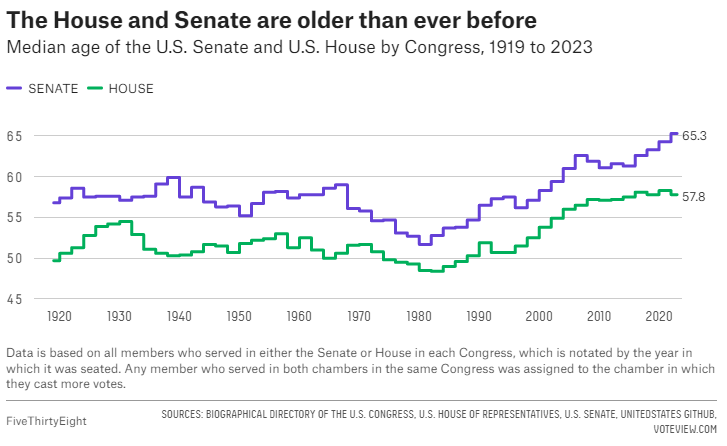

GENEALOGY IS FUN- YOUR ANCESTORS ARE WAITING TO BE DISCOVERED!
Reach out to Dancestors and let us research, discover, and preserve your family history. No one is getting any younger, and stories disappear from memory every year and eventually from our potential ability to find them. Paper gets thrown in the trash; books survive! So do not hesitate and call me as genealogy is fun! 214-914-3598. Here’s link to the last edition: https://dancestorsgenealogy.com/family-history-newsletter-april-22-2023/


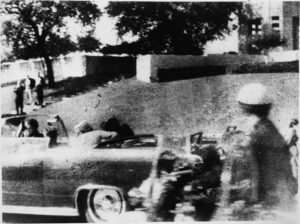 GENEALOGY IS FUN- YOU CAN HELP WITH THE INVESTIGATION OF THE JFK ASSASSINATION
GENEALOGY IS FUN- YOU CAN HELP WITH THE INVESTIGATION OF THE JFK ASSASSINATION THE FORGOTTEN STORY OF AMERICA’S FIRST FEMALE ARCHITECT
THE FORGOTTEN STORY OF AMERICA’S FIRST FEMALE ARCHITECT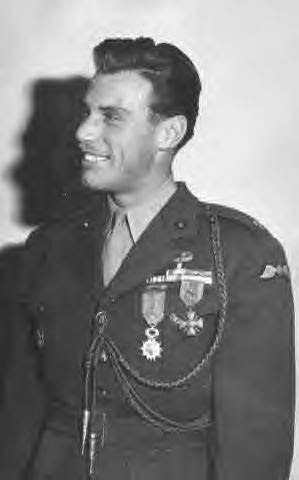 GENEALOGY IS FUN- THE AMERICAN SPY WHO SURRENDERED TO THE NAZIS TO SAVE CIVILIANS
GENEALOGY IS FUN- THE AMERICAN SPY WHO SURRENDERED TO THE NAZIS TO SAVE CIVILIANS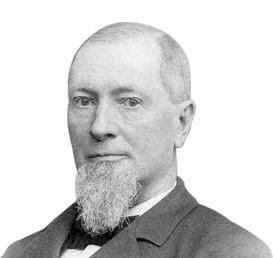 GENEALOGY IS FUN- IN OUR CONTINUING SERIES ABOUT ANOTHER WEALTHY PERSON YOU PROBABLY NEVER KNEW EXISTED
GENEALOGY IS FUN- IN OUR CONTINUING SERIES ABOUT ANOTHER WEALTHY PERSON YOU PROBABLY NEVER KNEW EXISTED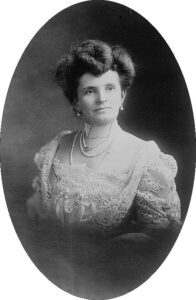 GENEALOGY IS FUN- HERE’S WHO GOT ALL OF HIS MONEY
GENEALOGY IS FUN- HERE’S WHO GOT ALL OF HIS MONEY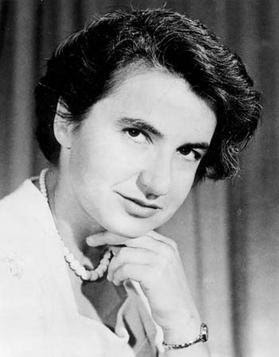 GENEALOGY IS FUN- ROSALIND FRANKLIN AND HER CONTRIBUTION TO DNA, A RECENT FIND OF CLARIFYING DOCUMENTS SHEDS A DIFFERENT LIGHT
GENEALOGY IS FUN- ROSALIND FRANKLIN AND HER CONTRIBUTION TO DNA, A RECENT FIND OF CLARIFYING DOCUMENTS SHEDS A DIFFERENT LIGHT